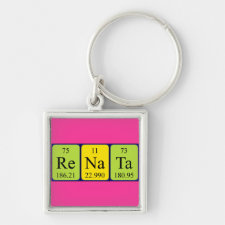
Authors: Czarny K, Szczukocki D, Krawczyk B, Zielinski M, Miekos E, Gadzala-Kopciuch R
Article Title: The impact of estrogens on aquatic organisms and methods for their determination.
Publication date: 2017
Journal: Critical Reviews in Environmental Science and Technology
Volume: 47
Issue: (11)
Page numbers: 909-963.
DOI: 10.1080/10643389.2017.1334458
Abstract: Environmental contamination with substances that exert an adverse influence on the endocrine system of living organisms has been posing a growing concern in recent years. Such compounds are referred to as endocrine disrupting compounds (EDCs). They include a large group of natural and synthetic estrogens which can mimic or even interfere with the binding and action of natural hormones, thus disrupting physiological processes. Numerous reports on the negative effects of estrogens in surface waters have raised concern in the scientific community. The aim of this study was to review the literature on the impact of estrone (E1), 17-β-estradiol (E2), estriol (E3), and synthetic 17-α-ethinylestradiol (EE2) on the reproductive processes of aquatic organisms. The article also discusses the latest trends in analytical chemistry which support accurate, sensitive, and selective determination of steroid hormones in environmental samples. Particular emphasis was placed on the techniques and analytical methods for detecting, determining and concentrating estrogens that have evolved in the past three years. Special emphasis has been placed on innovative solutions for sample purification and enhancement which reduce the consumption of toxic and expensive solvents and introduce novel sorbents, such as molecularly imprinted polymers, magnetic molecularly imprinted polymers, and magnetic nanosorbents. These techniques enhance specific interactions between the analyte and the sorbent, which is particularly useful in samples with very low analyte concentrations. The use of separation techniques coupled with various detection methods, including the increasingly popular mass spectrometry technique, for the identification and quantitative analysis of estrogens has been discussed
Template and target information: Review - analysis of estrogens in the aquatic environment
Author keywords: Algae, endocrine disruptors, estrogens, Fish, gas chromatography, high-performance liquid chromatography, hormones, solid phase extraction



Join the Society for Molecular Imprinting

New items RSS feed
Sign-up for e-mail updates:
Choose between receiving an occasional newsletter or more frequent e-mail alerts.
Click here to go to the sign-up page.
Is your name elemental or peptidic? Enter your name and find out by clicking either of the buttons below!
Other products you may like:
 MIPdatabase
MIPdatabase









